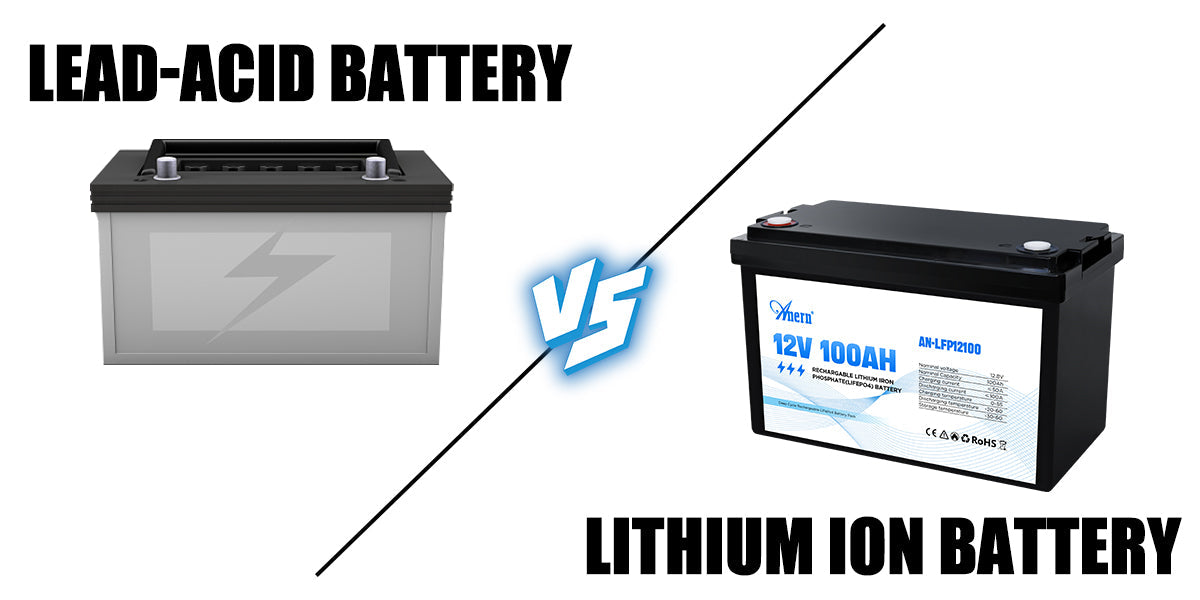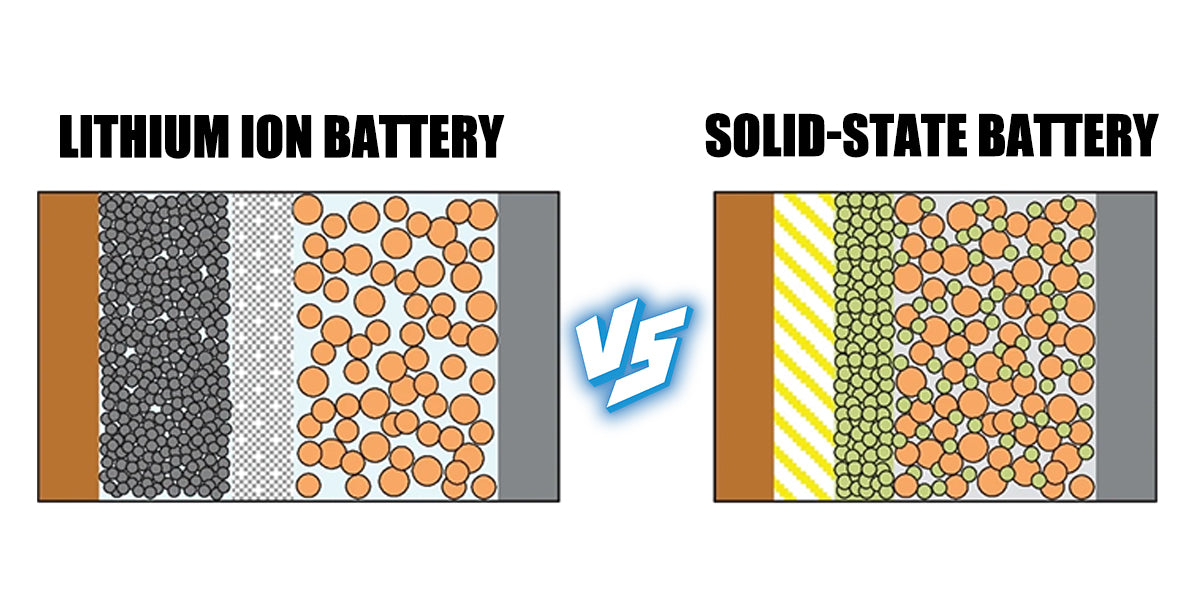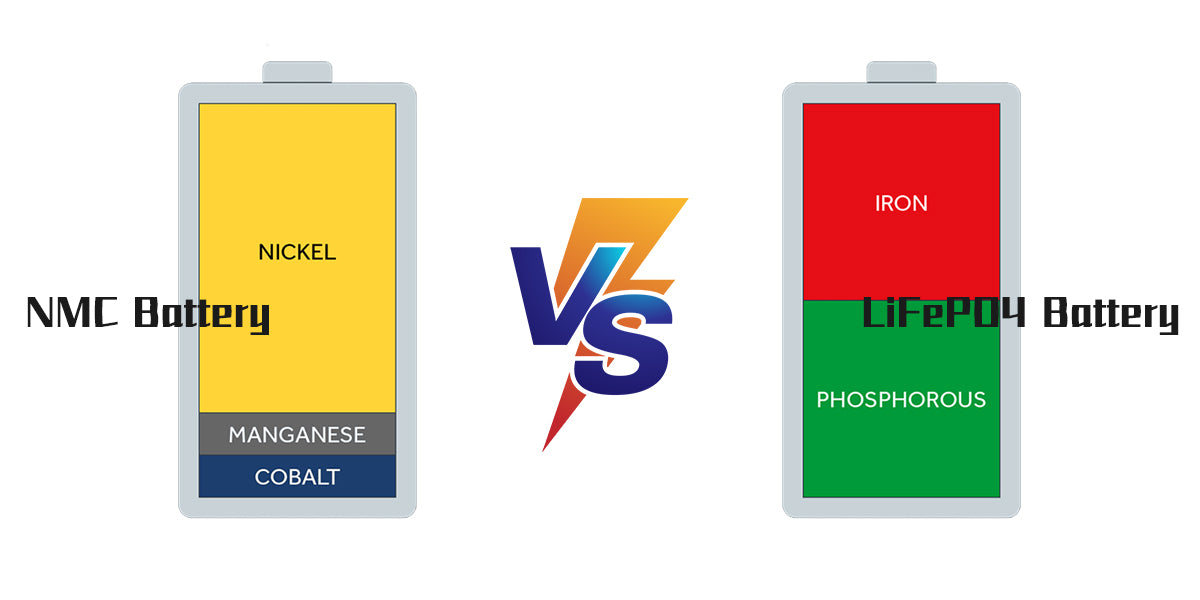Making the choice to go solar is a smart move. You're tapping into a free, clean source of energy. But getting the most out of your panels means storing that power effectively. For a long time, lead-acid batteries were the standard option, but today, a newer technology has become the go-to choice for good reason: the LiFePO4 lithium battery.
If you've started shopping around, you've probably noticed that LiFePO4 batteries have a higher price tag. That's enough to make anyone pause. This guide is here to walk you through the whole story, looking beyond the initial cost to show why upgrading your solar storage to LiFePO4 is a genuinely smart investment for the long run.
What's the Real Difference Between LiFePO4 and Lead-Acid?
Let's start with the basics. It helps to understand that these two batteries are built completely differently. A lead-acid battery is old-school technology, like a classic car engine. It uses heavy lead plates dipped in acid to store energy. It’s been around forever and it works, but it needs regular upkeep and is quite heavy.
A LiFePO4 (Lithium Iron Phosphate) battery is the modern equivalent. It uses a more advanced, solid-state chemistry that’s lighter, more efficient, and needs zero maintenance. The real difference in the LiFePO4 vs. Lead-Acid Batteries debate comes down to how they're built and how they perform over time.
This table gives you a quick side-by-side look:
| Feature | LiFePO4 Battery | Lead-Acid Battery (AGM/Flooded) |
| Average Cycle Life | 3,000 – 7,000 cycles | 300 – 1,000 cycles |
| Usable Capacity (DoD) | 80% – 100% | 50% (Recommended) |
| Round-Trip Efficiency | ~95% | ~80-85% |
| Maintenance | None | Regular (e.g., checking water levels) |
| Safety | High thermal stability, no gas | Risk of acid leaks, explosive gas |

Why Does a LiFePO4 Battery Seem More Expensive Upfront?
Let's talk about the elephant in the room: the price. There's no getting around it—a LiFePO4 battery for your solar system costs more to buy than a lead-acid one.
It helps to think of it less like a simple purchase and more like an investment in your home's power system. The price you see on the sticker is only the beginning of the story. The true cost of a battery reveals itself over years of use, and as you'll see, the cheaper option today often ends up costing you more down the road. It's not about the initial price, but the long-term value.
How a Lead-Acid to Lithium Upgrade Actually Saves You Money?
Here's where the upfront cost of a LiFePO4 battery starts to make complete sense. The long-term savings from a lead-acid to lithium battery upgrade aren't just on paper—they're real and they add up. The biggest reason for this comes down to lifespan.
A Huge Advantage in Lifespan
A quality LiFePO4 battery is built to last for 3,000 to 7,000 deep charge-and-discharge cycles. A typical deep-cycle lead-acid battery, however, gives you somewhere between 300 and 1,000 cycles.
A Real-World Cost Scenario
So, what does this mean in the real world? Let's say you use your solar battery every day.
- With a Lead-Acid Battery that has a 500-cycle life, you'd be looking at a replacement in less than two years.
- With a LiFePO4 Battery that has a 4,000-cycle life, that single battery will last you well over ten years.
When you add it all up, the choice is clear. Over a decade, you buy one LiFePO4 battery. At the same time, you'd have the recurring cost and headache of buying, installing, and disposing of five or more lead-acid batteries. The long-term financial math overwhelmingly favors the LiFePO4 investment.
No More Hidden Maintenance Costs
On top of that, LiFePO4 batteries are truly maintenance-free. You don't have to spend your time or money checking water levels or cleaning up corrosive acid residue from the terminals. It’s a hidden cost of lead-acid ownership that simply goes away with an upgrade.
What Performance Gains Can You Expect with an Upgrade?
Beyond the long-term savings, how the battery performs day-to-day is just as important. Upgrading solar storage to LiFePO4 delivers a kind of performance that lead-acid just can't keep up with. It makes a real, noticeable difference in how you use your power.
- You Get More of the Energy You Produce. A LiFePO4 battery is about 95% efficient, meaning almost all the power you generate and store is available for you to use. With a lead-acid battery's 80-85% efficiency, you can lose up to a fifth of your valuable solar power before you even get to use it.
- You Can Actually Use the Power You Paid For. This is a huge one. A LiFePO4 battery lets you safely use 80-100% of its stored energy (its Depth of Discharge, or DoD). Lead-acid batteries should only be drained to 50% to avoid damaging them. This means a 100-amp-hour (Ah) LiFePO4 battery gives you at least 80Ah of real-world power. A 100Ah lead-acid battery only gives you 50Ah. You'd need two lead-acid batteries to match the usable energy of one LiFePO4.
- You Get Strong, Consistent Power. LiFePO4 batteries deliver steady, strong power until they're nearly empty. With lead-acid, you'll notice the power fading—lights dimming, tools running slower—as the battery drains.
Why LiFePO4 Is the Top Choice for Safety and the Environment
A good investment should also give you peace of mind. When people look for the best battery for solar storage, safety and environmental impact are big factors. Here again, LiFePO4 shows its strengths.
- Safer by Design: The chemistry inside a LiFePO4 battery is incredibly stable. It’s not prone to overheating, and because it's a sealed unit, there's no risk of it leaking corrosive acid or venting flammable hydrogen gas like a traditional lead-acid battery can.
- A Greener Footprint: LiFePO4 is a much cleaner technology. The batteries are non-toxic and don't contain any harmful heavy metals like lead. And because they last so much longer, far fewer batteries need to be produced and thrown away over time.
- Lighter and More Convenient: As a practical bonus, LiFePO4 batteries are typically about half the weight of lead-acid batteries with the same capacity. This makes them much easier to install and gives you more flexibility on where you can put them.
Making the Smart Choice for Your Solar Future
So, when you step back and look at the whole picture, the choice in the LiFePO4 vs. Lead-Acid Batteries discussion becomes much clearer. While lead-acid batteries cost less on day one, that short-term saving is quickly erased by replacement costs, lower efficiency, and higher maintenance.
Upgrading to a LiFePO4 battery is an investment in better technology. It’s an investment in a much longer lifespan that saves you money, in higher efficiency that gets you more from your solar panels, and in the safety and peace of mind for your home.
The first step is always to look at your own energy needs. When you’re ready to get the absolute most power, reliability, and value out of your solar system, a LiFePO4 lithium battery is the modern solution waiting for you.





Leave a comment
All comments are moderated before being published.
This site is protected by hCaptcha and the hCaptcha Privacy Policy and Terms of Service apply.